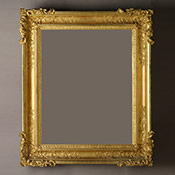Temporarily Closed for Daily Maintenance
The Winterthur Museum Collection closes from 3:00am - 3:24am and 4:00am - 5:25am (Eastern United States) each day.
We are sorry for any inconvenience this may cause.
 Ceramics Ceramics |
 Glass Glass |
 Furniture Furniture |
 Textiles and Needlework Textiles and Needlework |
 Metals Metals |
 Sculpture Sculpture |
 Prints and Maps Prints and Maps |
 Clocks, Watches, Scientific Clocks, Watches, Scientific |
 Paintings Paintings |
 Works on Paper Works on Paper |
 Musical Instruments Musical Instruments |
 Weapons, Hunting, etc. Weapons, Hunting, etc. |
 Inorganic (stone, etc.) Inorganic (stone, etc.) |
 Organic (ivory, etc.) Organic (ivory, etc.) |
 Garden Objects Garden Objects |
 Jewelry Jewelry |
 Plaster (Chalkware) Plaster (Chalkware) |
 Tools Tools |
 Toys and Games Toys and Games |
 Wood (Other) Wood (Other) |
 Books Books |
 Photographic Images Photographic Images |
 Frames Frames |
 Architectural Elements Architectural Elements |
 Estate Objects Estate Objects |

